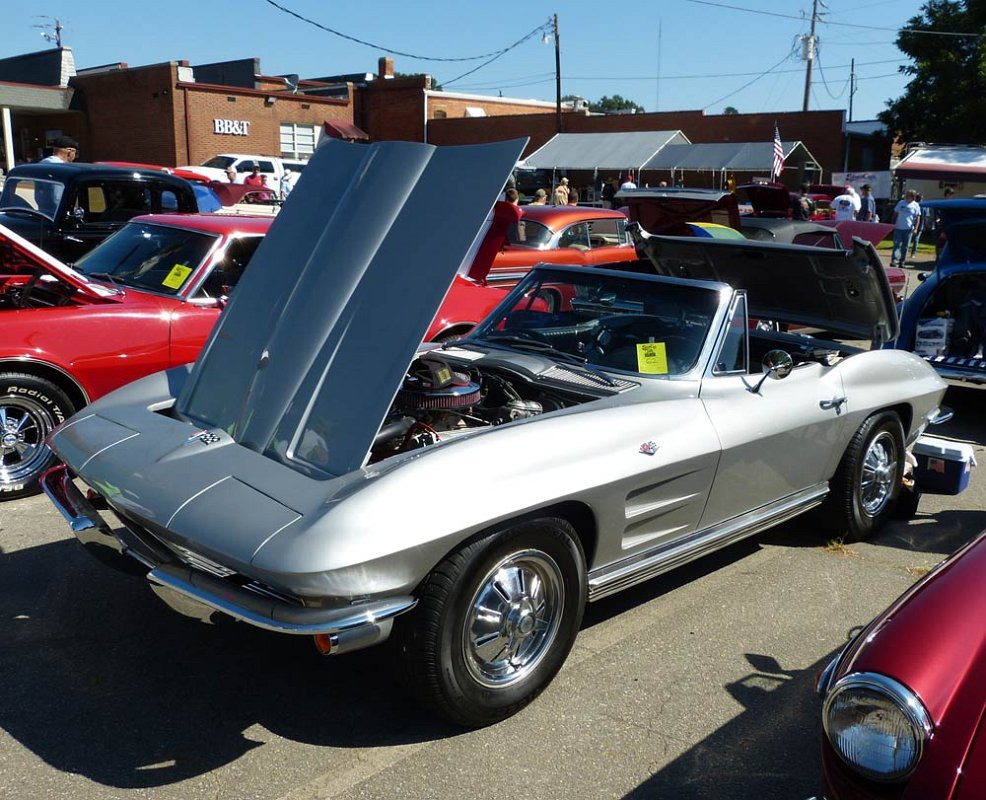

Within 7 years, these numbers skyrocket to 10,000, and the cycle of homeless cats producing more homeless cats continues. The following year, their 20-25 offspring will then birth an additional 20-25 new kittens each, resulting in an increase of over 700 cats within just 3 years. This means each outdoor cat has the potential to add another 3-5 litters, or about 20-25 new kittens every year, to our already massive homeless animal overpopulation problem here in the South.

Only about 3% of Community Cats (out of an estimated 80 million) are spayed, neutered, and vaccinated.

Regardless of their demeanor or classification as “stray” or “feral,” these Community Cats have one thing in common: their ability to reproduce exponentially. These cats have come to know their environment well enough to stay alive, including where their food and water source is, where to survive a mild winter night, and where their other colony members are. Because of the complexity and likely failure of attempting to “socialize” a feral cat, in addition to the general consensus that these cats- completely unfamiliar with humans in any way other than seeing them throw out a merciful handful of whatever they happen to be eating while spotting the cat- truly “feral” cats cannot be adopted into homes as typical pets. If trapped or cornered, these cats will typically panic instantly, oftentimes causing harm to themselves in their attempt to escape a human. Community cats may fall into two categories: a “ stray” cat probably once lived indoors as a pet, and was then abandoned or given away “ free to a good home” to an irresponsible pet owner, but you can usually tell these cats are familiar with and even friendly to humans, as well as being more vocal than a cat defined as “ feral.” Feral cats are the other kind of Community Cat- still the same species as pet/domesticated cats, but are frightened of people and avoid human contact by all means necessary. Community cats are unowned or semi-owned cats that live their lives outdoors.


 0 kommentar(er)
0 kommentar(er)
